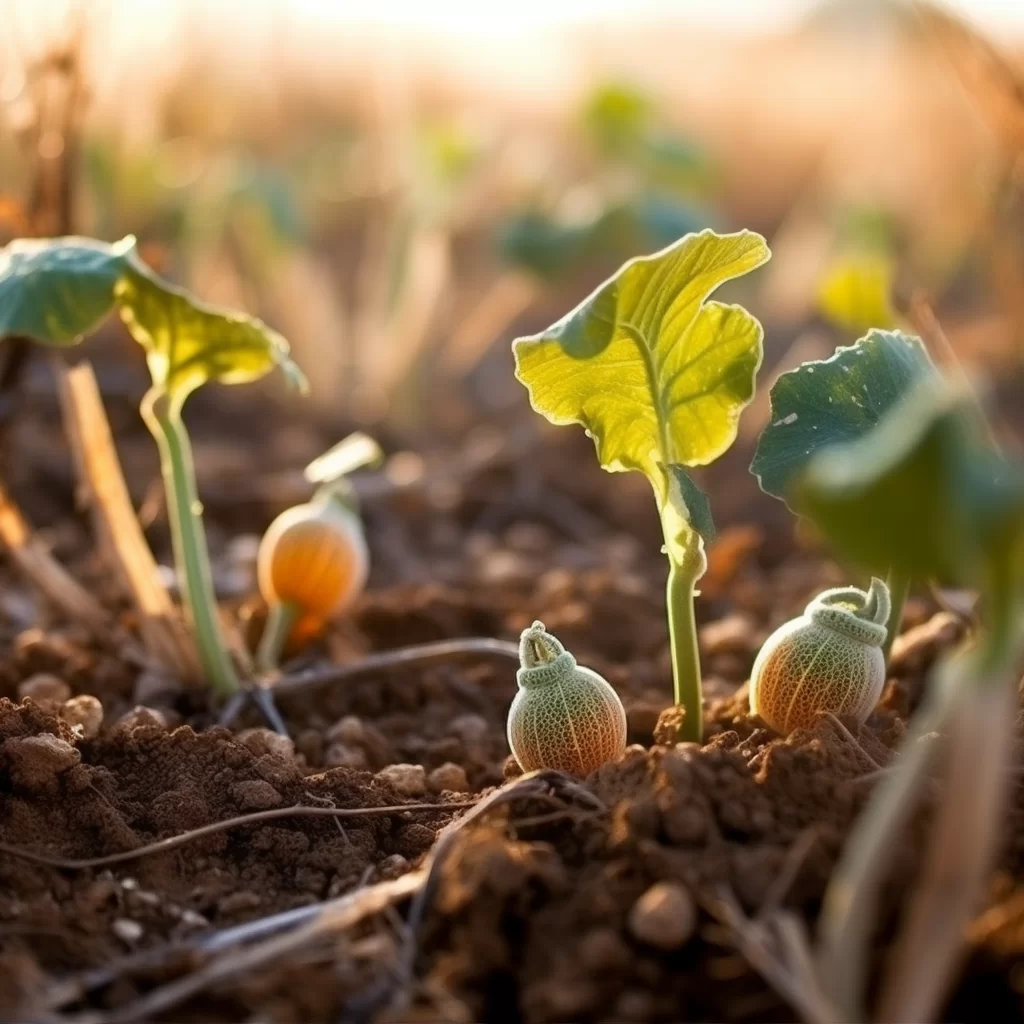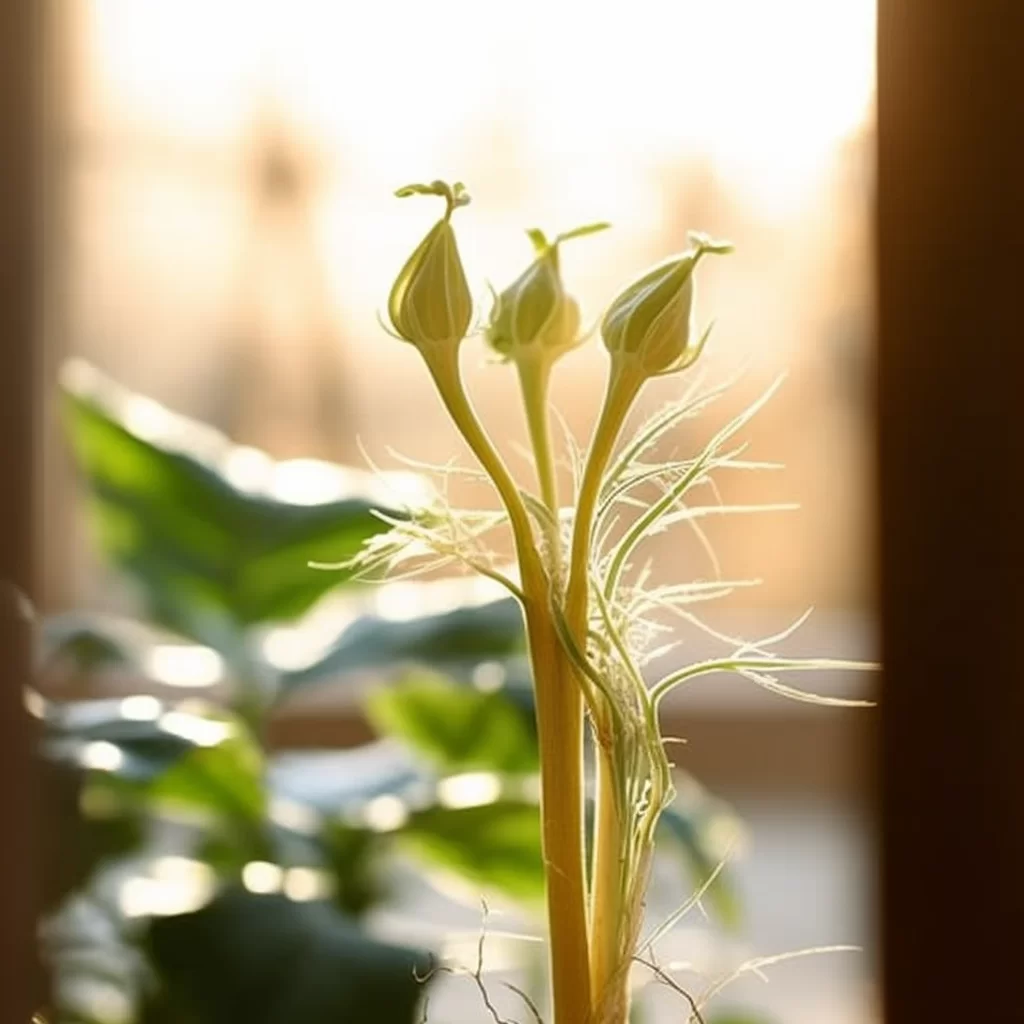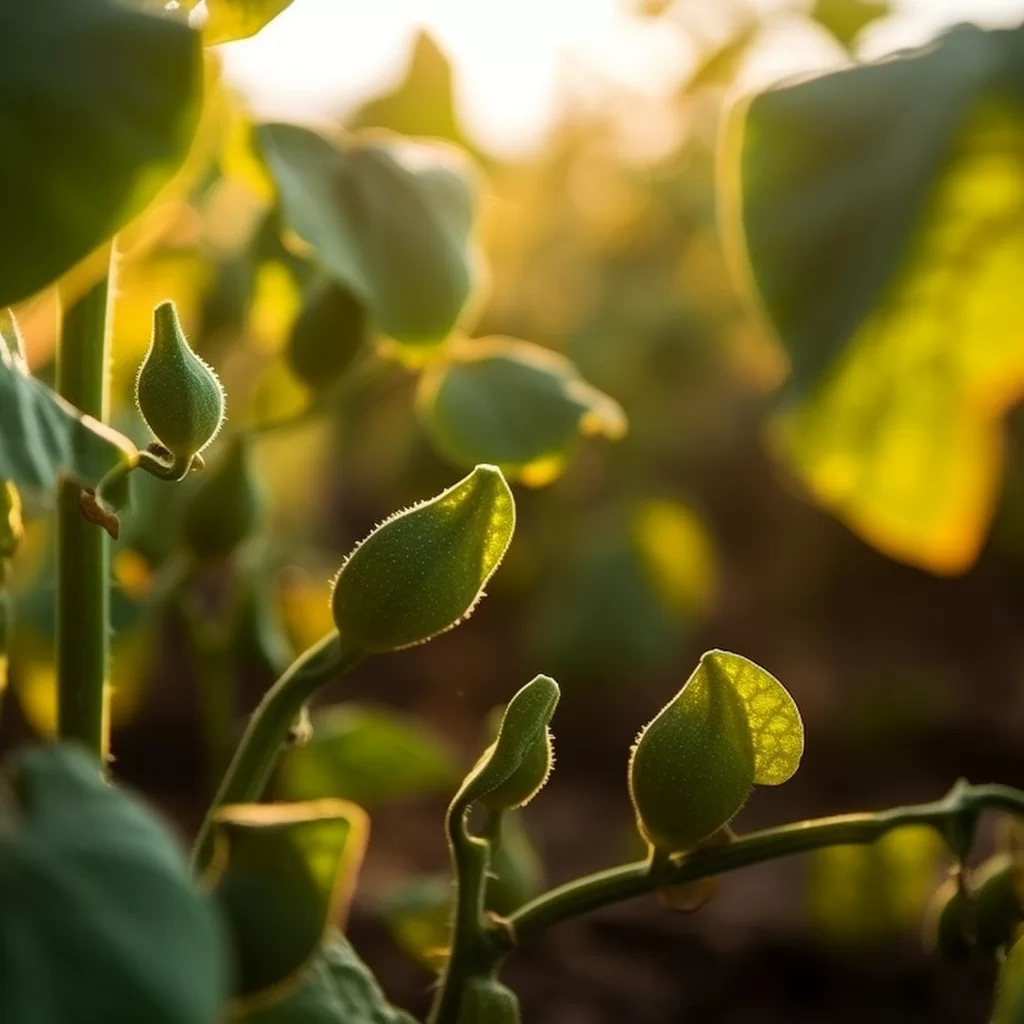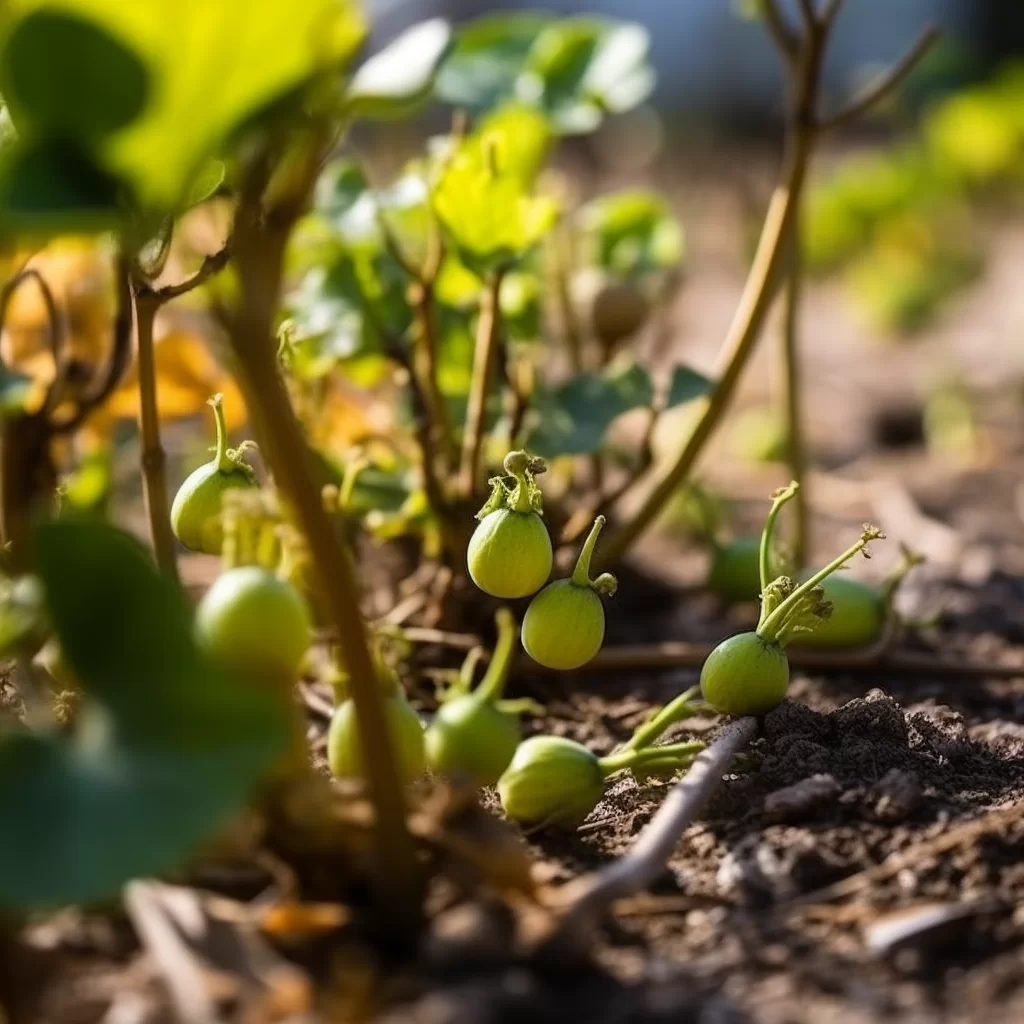Story of Day :
Contents
Winter Squash Plant: The Complete Guide and Care Tips
Winter squash plants are a great addition to any vegetable garden.
These hearty vegetables are easy to grow and provide a rich source of vitamins and minerals.
In this article, we’ll cover everything you need to know about growing winter squash plants, from planting to harvesting.
Types of Winter Squash Plants
There are many different types of winter squash plants available.
Some popular varieties include:
- Acorn squash
- Pumpkins
- Butternut squash
- Kabocha squash
- Sugar pumpkin
- Turban squash
Growing Winter Squash Plants From Seedlings or Seeds?

You have two options when it comes to planting your winter squash: seedlings or seeds.
- Growing From Seedlings:
If you’re starting with seedlings, begin by choosing a location that provides plenty of sunlight and well-draining soil.
It’s best if the soil has been amended beforehand with compost or other organic matter.
- The Steps Are As Follows:

- Growing From Seeds:
If you’re starting from seeds, you’ll need to plant them directly in the soil.
It’s best to wait until after the last frost has passed before planting.
- The Steps Are As Follows:

Caring for Winter Squash Plants
Winter squash plants are relatively low-maintenance, but there are still a few things you’ll need to do to keep them healthy.
- Water your plants regularly: Winter squash needs about an inch of water per week.
Be sure not to overwater as that can cause damage or rotting of your crops.
- Fertilize every two weeks: Use nitrogen-rich fertilizer throughout the growing season but reduce its use once flowering begins as too much nitrogen will lead to more leaves than fruits being produced
- Pests control: Squash bugs and vine borers are common pests of winter squash, be watchful for their presence so you can take action at early stages by applying insecticidal soap or neem oil without causing any harm on your crops.
- Spraying for mildew: Powdery mildew is also common in winter squashes; treat this fungus organically using vinegar mixed with baking soda sprayed onto affected areas when necessary.
- Pruning: As the plant grows, trim the leaves and vines that are overgrown to allow better air circulation and space for your squash fruits to form.

Harvesting Winter Squash Plants
The time frame for harvesting winter squash plants varies depending on the type of squash you’re growing.
It’s best to let them fully mature before harvesting as immature ones won’t have developed their full flavor or sweetness.
- Tips on Harvesting:
In Conclusion
Growing winter squash is easy and rewarding.
Choose from any of the available varieties depending on your preference, plan well by choosing location with well-draining soil and plenty of sunlight exposure.
You can either grow using seeds or seedlings but follow proper steps accordingly such as regular watering practices, applying fertilizer with caution especially once flowering begins up until harvest time when you’ll need to prune overgrown vines & leaves plus harvesting at optimal ripeness levels will give your produce maximum flavor and longevity.